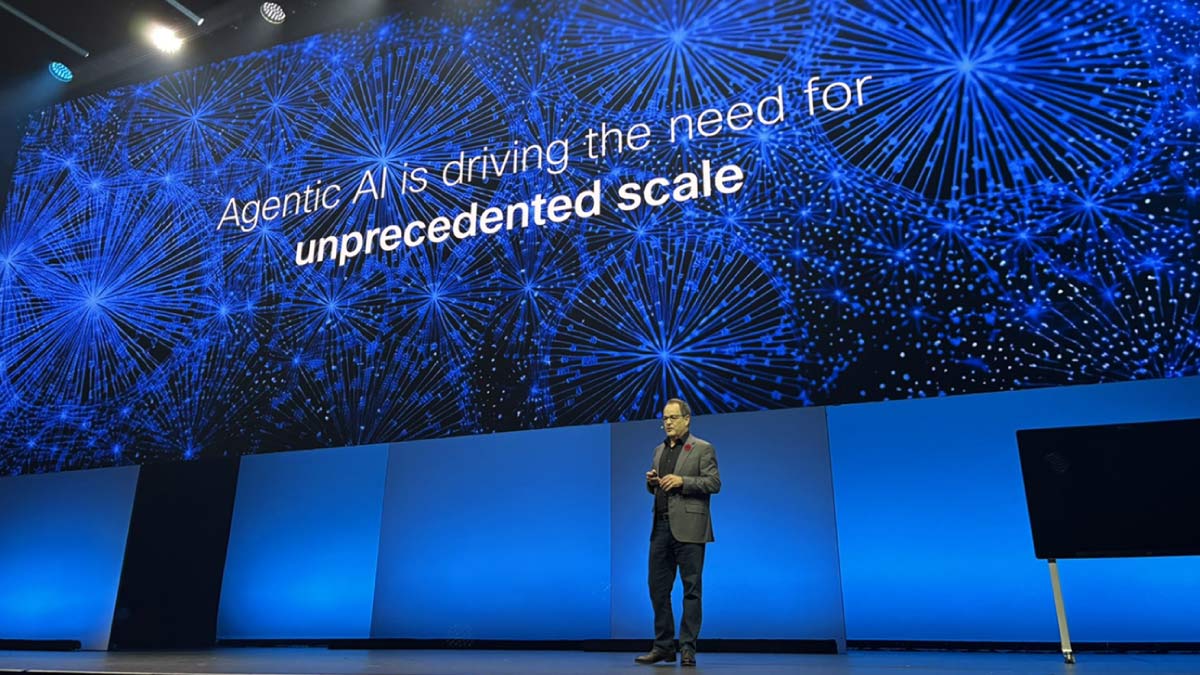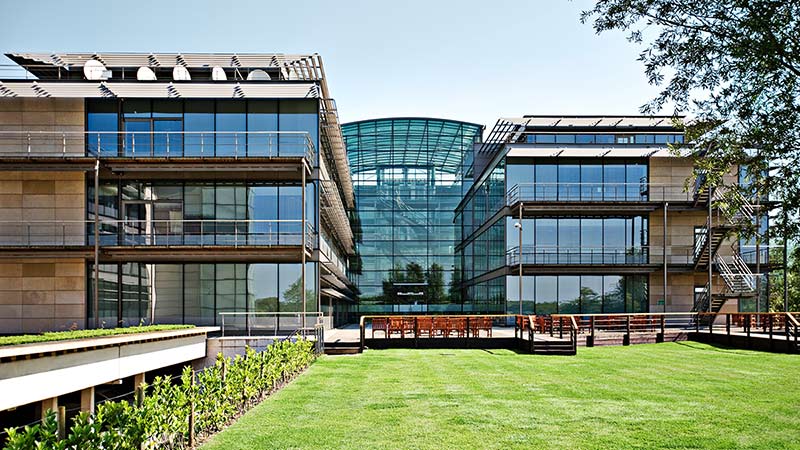Written by: Sean Michael Kerner
The old adage 'time is money' is perhaps more true in the world of High Frequency Trading than anywhere else. Every nanosecond counts as trading firms are always striving to achieve the lowest latency possible in order to execute trades.
Improving latency isn't just about bandwidth, location, network interface, software or silicon. It's about accelerating every step in the transaction path, which is what Cisco is helping to enable with a new platform architecture for High Frequency Trading that benefits from the AMD EPYC™ 7003 Processors, announced today.
"In this particular market, it's like the old wild west, the fastest draw wins, or in this case the fastest infrastructure wins." commented Todd Brannon, Sr. Director, Cloud Infrastructure Marketing at Cisco.
Brannon noted that in the world of High Frequency Trading, being fast is about having ultra-low latency (ULL) components end-to-end. Achieving ultra-low latency requires eliminating any and all types of barriers in the data path from the software to the financial trading exchange.
The Cisco Nexus ULL architecture for High Frequency Trading operates at a level where comparisons are made in the nanosecond range (1 nanosecond = 0.000000001 seconds) in efforts to lower the time required to complete the trade transaction. This is extremely important as a 1-millisecond advantage in trading applications can potentially be worth billions of dollars a year to a major brokerage firm.
![]()
"As Cisco continues to innovate around compute, they're truly setting the bar on performance in certain workloads," said Patrick Moorhead, President of Moor Insights & Strategy. "This High Frequency Trading solution, leveraging its new AMD-based UCS system combined with Nexus Ultra Low Latency networking portfolio, offers quite possibly the fastest trading platform in the world."
Management simplicity and innovation
It's one thing to have a high-performance platform loaded with features and it's often quite another to actually be able to effectively manage a platform and optimize its usage. That's where software innovation comes into play with Cisco Intersight, which is a foundational element of the Cisco High Frequency Trading architecture.
Intersight is a Software-as-a-Service based technology that provides users with visibility and control over IT infrastructure assets. Brannon explained that Intersight will expose the different capabilities and configuration that the new AMD silicon can enable.
See also: CIO Insights 11: Cisco’s new IT platform preps us for the future
"With Intersight we give people really easy access to all the innovative features on AMD EPYC Processors and offer them as policy options in their combined infra and software stacks," Brannon said.
Improving operational costs
While time is money, in the world of real estate, it's all about location, location, location and the same is true in the world of High Frequency Trading.
See also: Cisco Nexus blazes forward with ultra-low latency technology
Brannon further explained that in order to enable ultra low latency, trading firms place their servers in co-location facilities as close as physically possible to a financial exchange. The space in those colocation cages is ‘high-dollar real estate' according to Brannon, so dense, efficient solutions are required for this market.
Organizations pay for the space and power that they use inside the colocation cages. Brannon explained that what Cisco has done is optimize the new UCS server for high performance single-processor operations, resulting in lower cost of operation compared to more common dual-processor designs.
"This type of technology is going to help trading firms shrink their server and networking footprint in those colo facilities, while giving them a competitive trading edge," Brannon said.
###
We welcome the re-use, republication, and distribution of "The Network" content. Please credit us with the following information: Used with the permission of http://thenetwork.cisco.com/.



